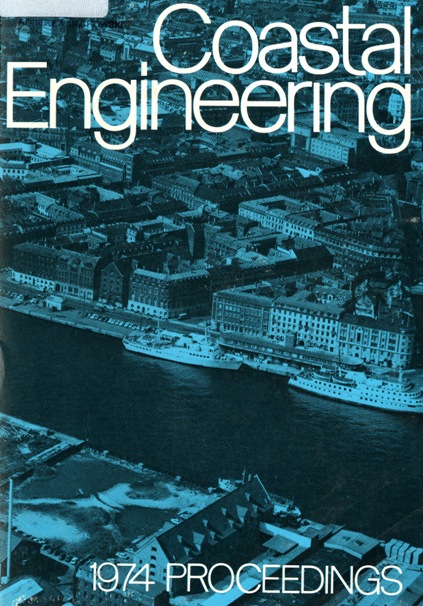Abstract
The topographic survey by sounding the water bottom is becoming an ever increasing part of the work of engineers and scientists on the German Horth Sea coast. In order to fulfil the various tasks in the estuariers of tidal rivers in the foreshore areas, charts are needed with depth data of the greatest possible accuracy. The problem now is this: There exists a big accuracy gap between, on the one hand, the values obtained by the levelling method or by means of the water line method, often applied in the tidelands, yielding accuracies from 1/4 to 1 dm and, on the other hand, the soundings carried out from vessels in the adjacent sea area. According to the investigations into the accuracy of nearshore hydrographic surveying, a tenfold of inaccuracy - compared with the above given values - must be assumed. Scientific studies of the natural processes in the foreshore area (the major programme of the German Sesearch Society (DFG) "Sandbewegung im Deutschen Kustenraum" / The shift of sand in the German coastal area / may be cited here as an example) do not yield a reliable picture so long as the accuracy standard of tideland surveys is not approximately reached. Moreover, the Offices of the Federal Republic of Germany and of her coastal provinces that have been entrusted with sea surveying, each use their own methods which have often evolved differently in the course of history. So, additional difficulties by frequent overlappings of surveyed areas are inevitable.
Authors retain copyright and grant the Proceedings right of first publication with the work simultaneously licensed under a Creative Commons Attribution License that allows others to share the work with an acknowledgement of the work's authorship and initial publication in this Proceedings.

